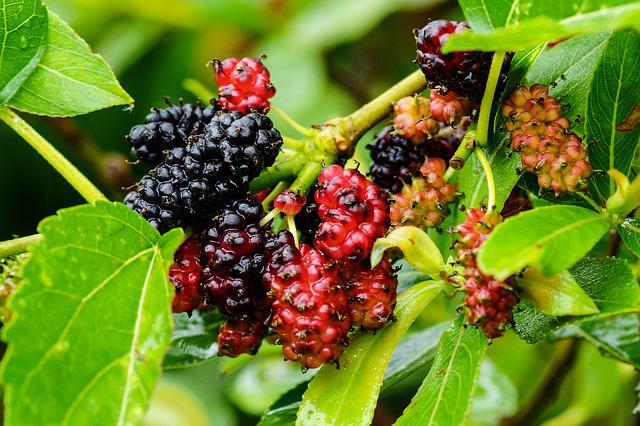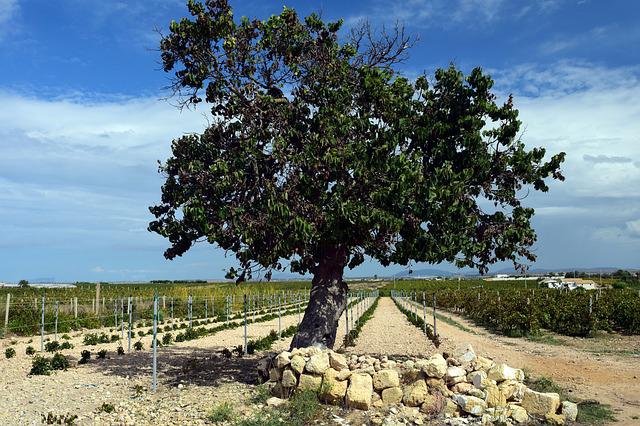Where Do Mulberry Trees Grow?

Mulberry trees thrive in full sunlight but can also grow in partial shade. They grow in hardiness zone 4-8. Do you want to know more about where mulberry trees grow? If so, you’re in the right place! This article will reveal everything you need to know about mulberry trees, including where they thrive and what type of soil is best for them. We’ll also provide some tips on caring for mulberry trees so that you can enjoy their beautiful products for years. So read on and learn all you need about mulberry trees!
Table of Contents
Things to Consider in Growing Mulberry
Climatic Limitations
Most mulberries grow well in warm temperate areas like the Mediterranean and subtropical areas. They can also be grown as evergreens in tropical and subtropical areas where they can stay green all year. Depending on the variety, the trees can withstand temperatures ranging from USDA zones 4 to 8.
Soil
They like warm, moist, well-drained loamy soil in a sunny place. It doesn’t matter what kind of soil they live in. They can live with a pH range of 5.0–7.0.
Location
The trees can handle wind, drought, cold, and shade, so that you can plant them almost anywhere. The plant can also handle a lot of salt once established. Consider that the fruit fall can last for 6–8 weeks and that when it is fully ripe, it’s almost impossible to harvest or eat all the fruit. So, putting the tree where the fruit fall isn’t going to be a problem is a good idea. So much to the pigs’ delight, we built their pen under one-half of our Mulberry tree, with some of the trees also overhanging the chicken coop.
Eventually, Mulberry trees can be invasive due to their ability to produce many seeds and fast growth rate; they can grow very big and cover a lot of space. This should also be taken into account. We raise the lower branches of our trees to make room and light for a wide variety of smaller trees, shrubs, and herbs. This is how we do it (see Mulberry polyculture later).
To avoid stained concrete or decking, plant your mulberry tree in a spot with access to soil underneath its future limbs. A few splatters of overripe fruit are inevitable when the fruit falls from the tree. Splattered fruits bake onto any surface that comes into contact with the summer sun!
Pollination/Fertilization
Cross-pollination is good for some cultivars. Many cultivars (monoecious types) don’t need cross-pollination at all. A lot of Mulberries can even make fruit without being pollinated. Wind pollinates plants.
Plant Spacing
Choosing a spot that isn’t close to any buildings, pipes, or fences is essential. You should plant your trees at least 15 feet apart, but larger trees can be spaced up to 30 feet away from one another for the best results.
How To Plant

The germination rate for mulberry trees is very low, so starting from seed requires extra care and attention. Cold stratification for 4-16 weeks helps make mulberry seeds more likely to grow, making them more likely to make fruit.
When you start seeds, put them in a mix that has been sterilized. Soil should be kept moist so that plants can grow well. Once they grow, ensure they get a lot of light for 12-16 hours a day as they get bigger. As seedlings grow, they should be able to handle the outside temperature. Sapling trees under two years old should be moved indoors or into the shade when it is hot outside.
Whether you grow or buy saplings, dig a hole as deep as the root ball and three times as wide when moving them. Remove the tree from its pot. Gently untangle any roots circling it so they don’t get stuck and fall off. You can use the soil you took out of the planter to backfill the hole you made for the tree. When you plant a tree, it’s best not to change the soil. The tree doesn’t have to stretch its roots to get water or soil nutrients.
